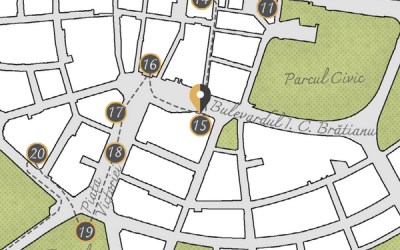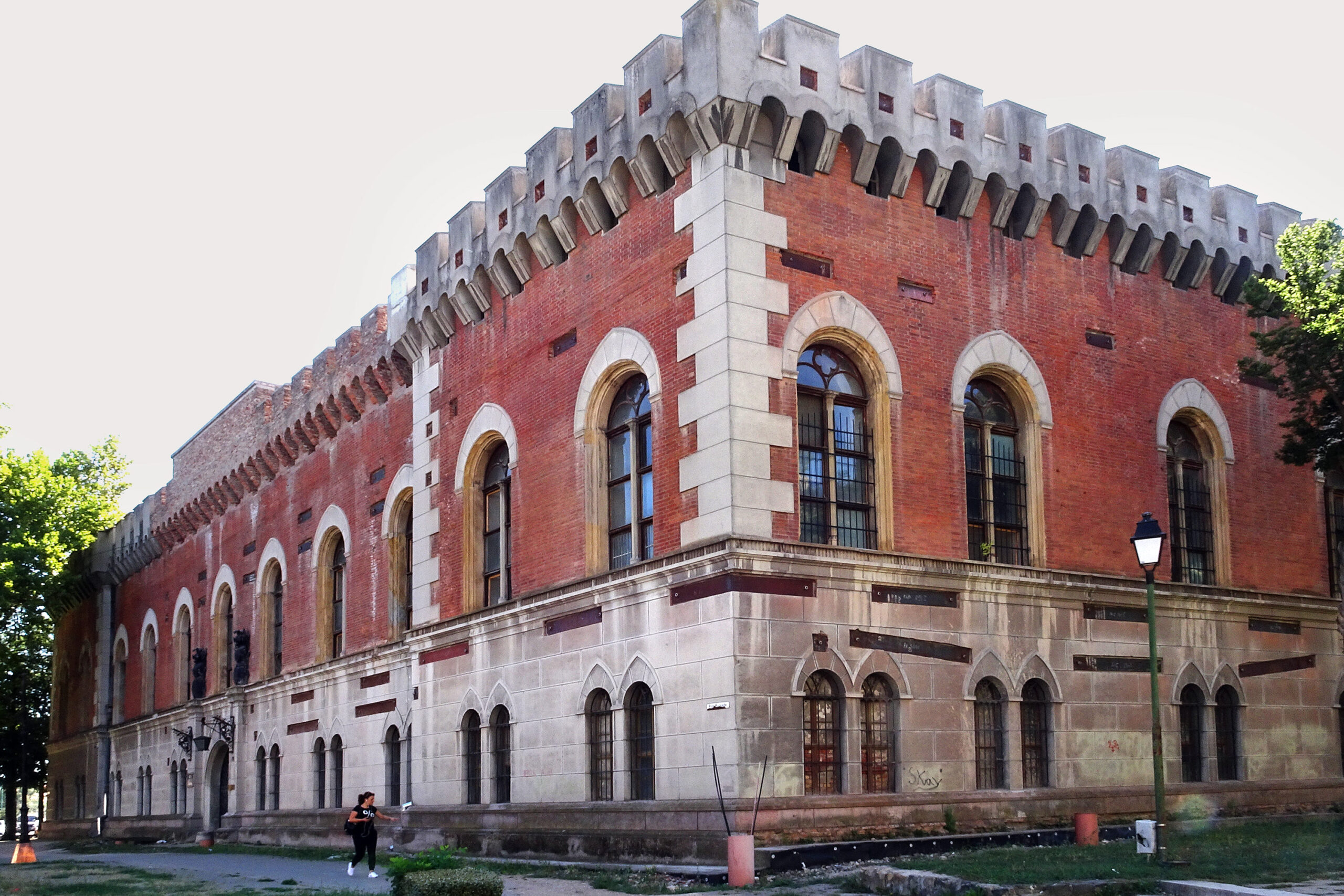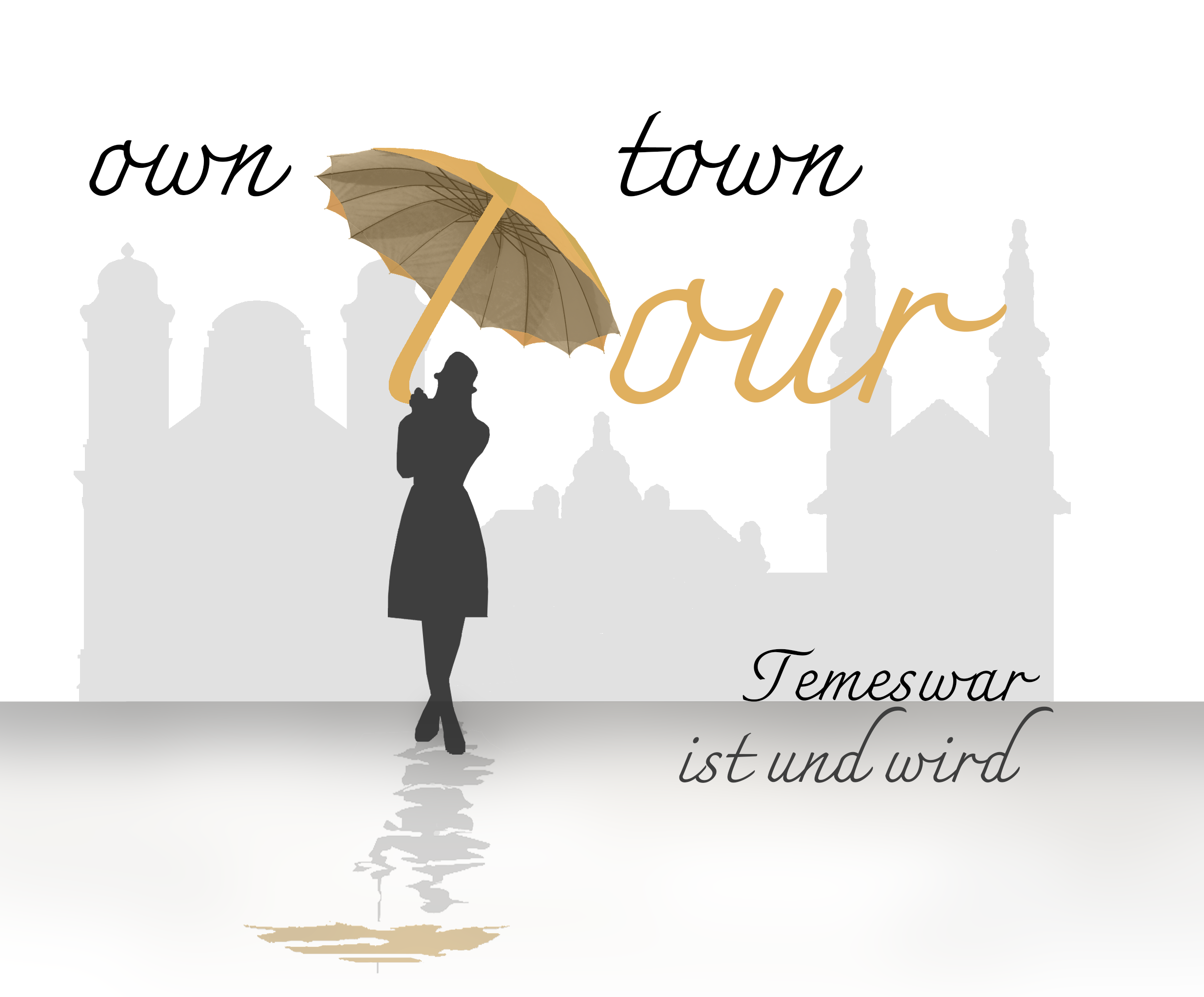Huniade Castle
Piața Victoriei
from 1307
Castles and Palaces


Under the Signs of the Lily and the Raven
Timisoara’s Hunyadi Castle is the oldest building in the city. Its founding dates back to the first visit of the then Hungarian King Charles Robert of Anjou in 1307, to whom Timisoara seemed so strategically and politically convenient that he chose the city as his residence.
Soon afterwards, he had a manour residence befitting his rank built by Italian master builders. The king’s move into the residence is documented by a deed. Charles Robert, whose coat of arms was adorned with a fleur-de-lis, settled in Timisoara with his entire court. Merchants, craftsmen and artists from Italy and Germany were drawn to the flourishing city.
The castle was, as was customary in the Middle Ages, a scene of courtly splendour. The king’s extravagant lifestyle and lavish festivals were financed by high church taxes, which brought Charles Robert into conflict with the clergy. He eventually left and moved his residence to Visegrad on the Danube.
About a hundred years later, at the beginning of the 15th century, an Italian named Filippo Scolari was appointed Count of Timisoara. He had the castle redesigned by Italian master builders and strengthened the city’s fortifications. Under him, several successful campaigns against the Turks are documented, his last, shortly before his death, in 1426 at the Battle of Golubac.
The ruler who gave today’s castle its name was Johann Hunyadi. This Vojvodinian from Transylvania also took over the County of Timisoara in 1441. After having been destroyed by an earthquake, he had the castle rebuilt and renewed on the foundations of the castle ruins from the Angevin period. The rectangular floor plan with mighty corner bastions and two gates, which still exist today, dates from his time.
In the middle of the 15th century, Hunyadi moved his residence from Cluj-Napoca to Timisoara. From here he set out with his army in 1448 for the Battle of the Field of Blackbirds against the Ottomans, as part of a coalition of the remaining independent Christian empires led by Hungary. The battle ended in a devastating defeat. Subsequently, however, he defeated the Turks pushing into Europe in several campaigns.
An alliance of noble families from Timisoara was formed, which enabled the Hungarian crown to be secured for his son Matthias Corvinus. The Hunyadi family’s coat of arms featured a raven (lat. corvus), which also applied to Timisoara during the reign of Corvinus.
After the Ottoman conquest of Timisoara in 1552, the castle became the seat of the Pasha, which is why it was heavily damaged by Prince Eugene of Savoy during the siege of Timisoara in 1716. Also, during the revolution of 1848-1849, the Hunyadi fort came under fire and was so severely damaged that an almost complete reconstruction was necessary afterwards. The reconstruction in the Neo-Gothic style finally gave the castle its present day appearance.
The Banat National Museum, which had been housed in the historic building since the post-war period, had to give way to another renovation, still underway, the completion of which is not yet foreseeable. Hopefully, during this special occasion of the European Cultural Capital, certain rooms will be available and open to the public for viewing.
Tour sights
- 1. Theresia Bastion
- 2. Lutheran Church
- 3. Union Square
- 4. Saint George’s Cathedral
- 5. Serbian Orthodox Cathedral
- 6. Miksa (Max) Steiner Palace
- 7. Brück House
- 8. Dicasterial Palace
- 9. Klapka Library
- 10. The “Guild Tree”
- 11. St. George's Square
- 12. Prince Eugene House
- 13. Citadel Synagogue
- 14. Liberty Square
- 15. Huniade Castle
- 16. National Opera House
- 17. Victory Square
- 18. Corso
- 19. Orthodox Cathedral
- 20. Piarist Ensemble
- 21. Reformed Church
- 22. Doja Street
- 23. Journey through Time
- 24. Rose Garden

